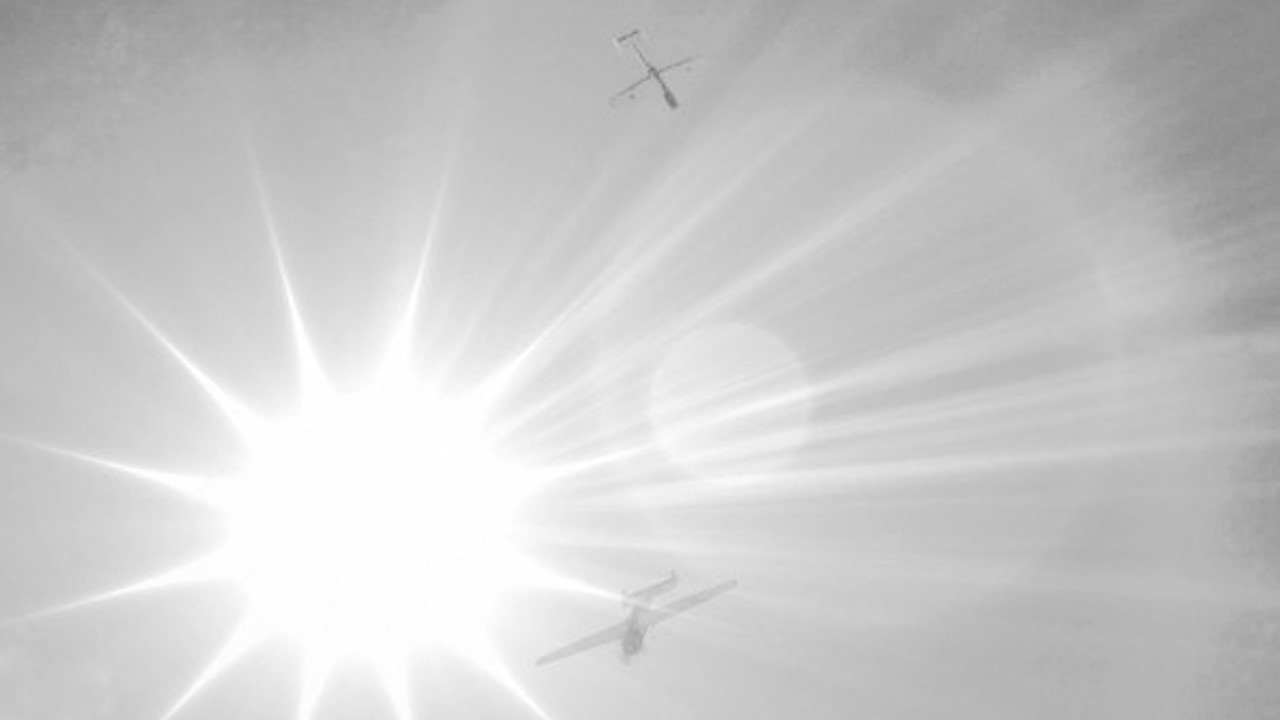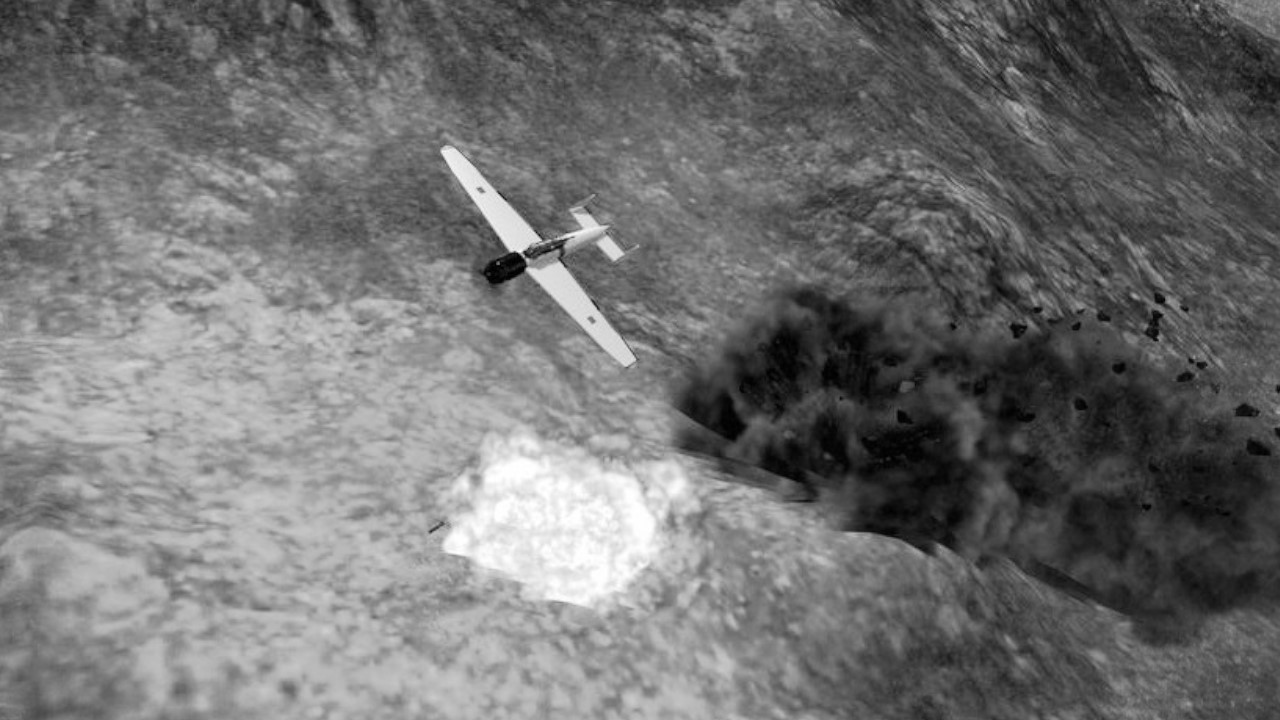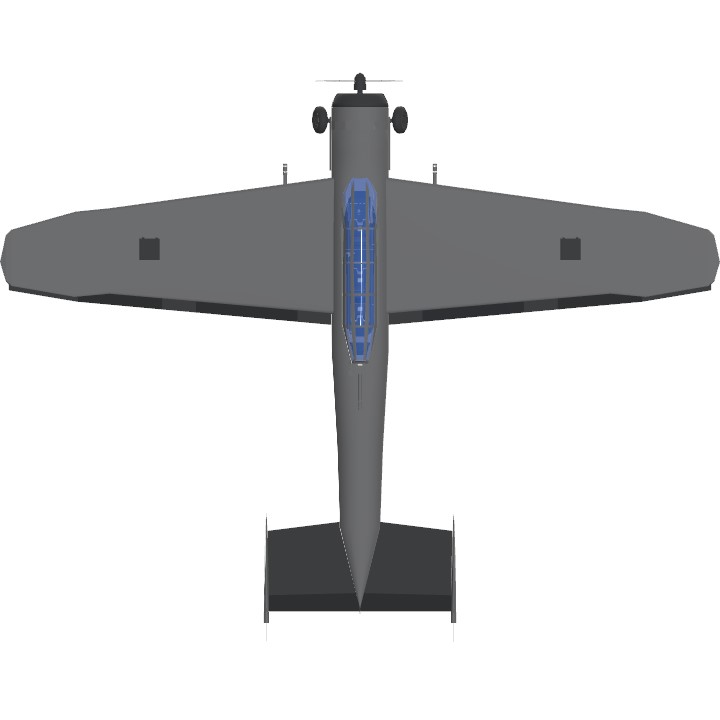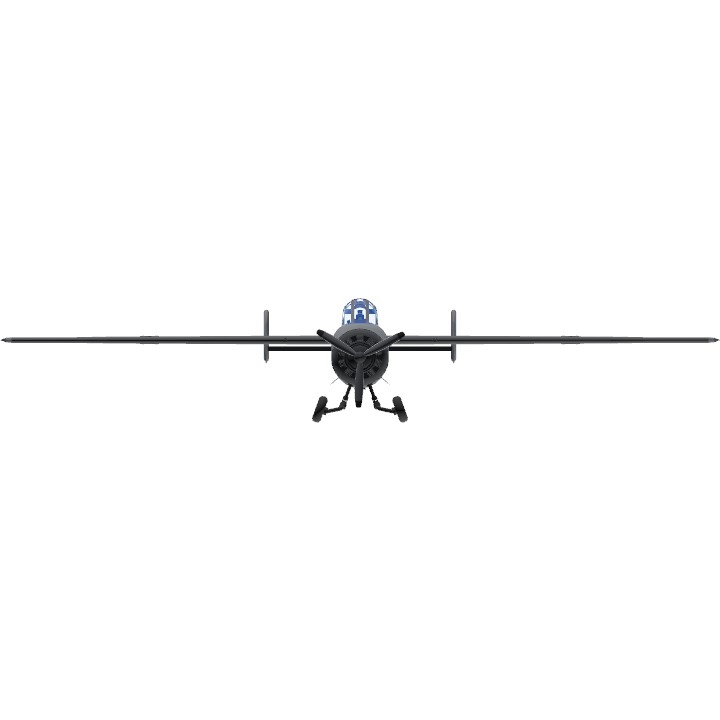The Great Depression hit Epic Engineering hard. Keeping the production lines afloat and running was a hard task for any company to manage during that time, but for a small scale operation like Epic Engineering, it was a fight for survival. It was up our cost effective craftsmanship and our design and business smarts to make it. That is even before considering the brewing stormclouds on the horizon.
Origin
The negative feedback from the testing delegation of the Imperial Japanese Navy was nothing short of a wakeup call for Albert Epic, who did not hesitate to improve upon the first iteration of the Harpoon. Although still hampered by a shoestring budget and juggling both the marketing and sale of the MkI variant parallel to the improved MkII, this iteration finally proved to be a plane that can call itself a contemporary to Cuthbert Epic's fighter designs.
Design
The fuselage of the aircraft was extended to allow the pilot better forward visibility for carrier operations. However, the downward and side visibility was still hampered by the large shoulder wing. Incredibly, Albert opted for a multi view piece periscope system to overcome the poor sightlines to some extent. While the crew was increased to 3, with the navigator/observer and the rear gunner could utilise this unique contraption to aid their observations. These periscopes were also compatible with specialised cameras to aid in reconnaissance.
The indented section at the bottom of the fuselage was always intended for ordinance, be they torpedoes or up to 1000kg of bombs.
2 offensive and 1 defensive HMG rounded off the armament section to an overall decent and cost effective package.
The tailwheel was completely redesigned to allow the installation of more powerful brakes, which together with the arresting hook, wing placed air brakes and the folding wings, made this aircraft fully carrier operational.
Handling
While this aircraft still overall has easily manageable flight characteristics, this aircraft does have a very slight weight imbalance due to added equipment. It was however not deemed severe enough to be something a pilot could not adapt to.
With an armed top speed of 329km/h at sea level and a stall speed of 115km/h when fully armed, this plane has sufficient engine power.
Instructions
AG1: Arresting Hook
AG2: Rotate Wings, AG3: Fold wings. Please fold your wings in that order, and deploy them in reverse order
AG4: Activate rear gun (VTOL to rotate)
VTOL: Flaps
As always, thank you so much for your interest in our products. While this is a legacy product, aftermarket upgrades and modifications are still highly encouraged. If you still have any questions, feel free to ask.
Specifications
General Characteristics
- Created On Windows
- Wingspan 51.3ft (15.6m)
- Length 39.8ft (12.1m)
- Height 8.8ft (2.7m)
- Empty Weight 6,233lbs (2,827kg)
- Loaded Weight 7,884lbs (3,576kg)
Performance
- Horse Power/Weight Ratio 0.126
- Wing Loading 18.3lbs/ft2 (89.5kg/m2)
- Wing Area 429.9ft2 (39.9m2)
- Drag Points 3747
Parts
- Number of Parts 142
- Control Surfaces 8
- Performance Cost 885






